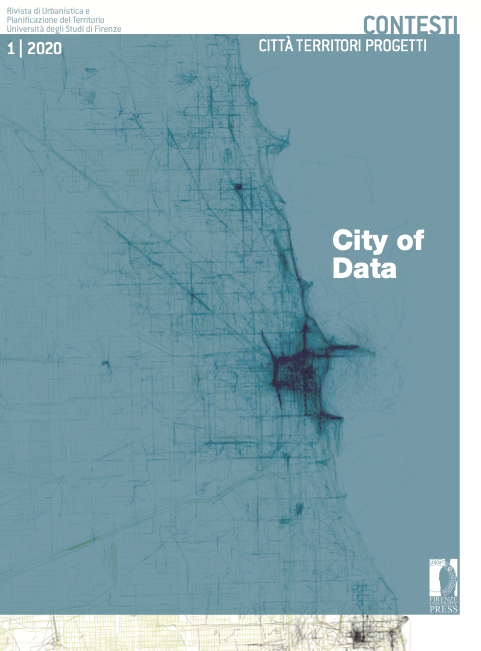A refined waste flow mapping method.: Addressing the material and spatial dimensions of waste flows in the urban territory through big data: the case of the Amsterdam Metropolitan Area.
Published 2020-12-14
Keywords
- urban metabolism,
- mapping,
- activity-based spatial,
- material flow analysis,
- waste flows
- circular economy ...More
How to Cite
Abstract
Fundamental changes in the societal use of biophysical resources are required for a sustainable transformation. Current (urban) metabolism research traces flows of energy and materials and products to capture resource use along value chains from resource extraction to production and consumption and the discharge of wastes and emissions. However, spatial relation, local carrying capacity and qualitative characteristics of the urban landscape are only featured in very few studies, even if they are becoming crucial elements towards future sustainable development. Simultaneously, spatial studies tend to neglect the dimension of processes of flows and the generated stocks that influence the construction and performance of space. Big data and GIS technologies have the potential to leverage the integration between the two fields of knowledge. Therefore, the article explores the development of an innovative method - Activity-based Spatial Material Flow Analysis - that integrates qualitative and quantitative flow specifications in material content and geographical space, starting from the analysis of waste flows relative to the Amsterdam Metropolitan Area (NL). Lastly, the article reflects on the results of the application of the AS-MFA method, namely a series of flow maps. Each flow map is a significant data-based network representation of a part of the urban metabolism within the AMA in a specific period of time.


